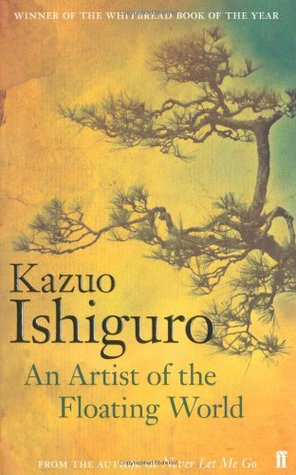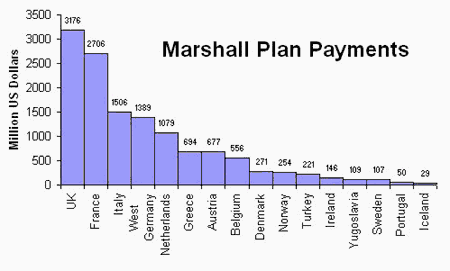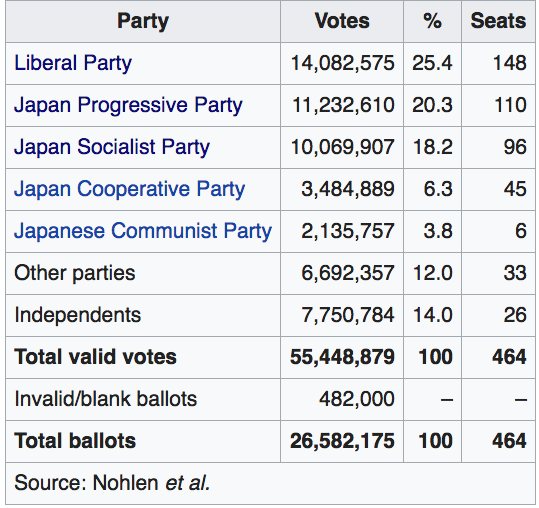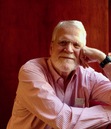Mark Scott Smith's Blog: Enemy in the Mirror, page 83
January 15, 2018
Cannes Film Festival
Although originally scheduled to be held in Cannes in 1939, the outbreak of WWII delayed the opening of the first International Film Festival until September 1946 when twenty-one countries presented their films.
Held on the French Riviera, the festival was designed to preview and judge promising films from around the world. Although it has evolved into a pronounced commercial endeavor today, the Cannes Film Festival still gathers the most prominent international film makers.
The official site of the Festival de Cannes states its “mission has remained faithful to its founding purpose: to draw attention and raise the profile of films, with the aim of contributing towards the development of cinema, boosting the film industry worldwide and celebrating cinema at an international level.”
The post Cannes Film Festival appeared first on Enemy in the Mirror.
January 11, 2018
Ho Chi Minh
Ho Chi Minh, born in 1880 into the family of a poor country scholar as Nguyen Sinh Cung (also called Nguyen Tat Thanh or Nguyen Ai Quoc) attended grammar school in Hue, taught school in Phan Thiet, and was apprenticed at a technical institute in Saigon.
In 1911 Ho became a cook on a French steamer and visited African and American ports as a seaman for several years. From 1915-1917, he lived in London, then moved to France where he worked for six years as a gardener, sweeper, waiter, photo retoucher, and oven stoker.
In France (1917–23) he became a socialist using the name Nguyen Ai Quoc (Nguyen the Patriot). In 1919 Ho’s demands for equal rights among Indochinese subjects and their French Colonial rulers was disregarded by great power representatives at the Versailles Peace Conference.
Ho later joined the Communist Party and helped establish the Indochinese Communist Party in 1930 and the League for the Independence of Vietnam (Viet Minh) in 1941. At the end of WWII the Viet Minh seized Hanoi and declared a Democratic Republic of Vietnam in North Vietnam.
During WWII the United States supported the Viet Minh in resistance against the Japanese and American President Roosevelt was adamant that French colonialism should not recur after the war. However, with the death of FDR and the rapid onset of the Cold War, a Communist regime in Vietnam became unacceptable to Western powers.
Ho Chi Minh served as president of the Democratic Republic of Vietnam for 25 years throughout prolonged conflict–first with the colonial forces of French Indochina and later with the anti-Communist regime of the Republic of Vietnam (RVN, or South Vietnam) which was aligned with the strongly anti-Communist United States.
The post Ho Chi Minh appeared first on Enemy in the Mirror.
January 8, 2018
An Artist of the Floating World

An Artist of the Floating World by Kazuo Ishiguro presents the viewpoint of an elderly artist Masuji Ono in postwar Japan. His wife and son have been killed in the war, and many young people blame their elders for leading the country into disaster. As Ono recalls his life during the peak of the Japanese Empire, in a “floating world” of changing cultural behaviors, shifting societal patterns and troubling questions, he comes to partial understanding of his own actions as a propagandist for an imperialistic regime.
The post An Artist of the Floating World appeared first on Enemy in the Mirror.
January 4, 2018
Soviet Propaganda
This quirky, undated Soviet propaganda film reflects the Communist view of Western imperialism during the Cold War.
The post Soviet Propaganda appeared first on Enemy in the Mirror.
January 2, 2018
He May Be a Communist
While a bit over-the-top (Jack Webb?), this U.S. Army film made in 1950 reflects the post-WWII Cold War mentality.
The post He May Be a Communist appeared first on Enemy in the Mirror.
January 1, 2018
Marshall Plan
Named after United States Secretary of State George Marshall (U.S. Army Chief of Staff during WWII), the Marshall Plan (European Recovery Program) had bipartisan support in Washington.
An American initiative to assist Western Europe with recovery after WWII, the Marshall Plan gave ~$13 billion in aid to promote reduction of interstate barriers and excessive regulations as well as to encourage business productivity, labor unions and modern business procedures.

Eastern Bloc Countries
Although 18 European countries received benefits from the plan, the USSR refused to participate and blocked the involvement of Eastern European countries under its control. In order to combat the effects of the Marshall Plan, the USSR developed its own economic plan – the Molotov Plan which created an economic alliance of socialist countries.
Criticism of the Marshall Plan
Historians, such as Walter LaFeber described the plan as economic imperialism by the USA, and an attempt to gain control over Western Europe, much as the USSR controlled the Eastern Bloc countries.
Economist Wilhelm Röpke criticized the plan for subsidizing a failing system and thereby hindering transition to a free market system.
Journalist Henry Hazlitt argued in his book Will Dollars Save the World? that economic recovery requires savings, capital accumulation and private enterprise – not large cash subsidies.
In his book The Age of Turbulence, Alan Greenspan (Former US Chairman of the Federal Reserve Bank) gave credit to German Chancellor Ludwig Erhard for Europe’s economic recovery – not the contributions of the Marshall Plan.
In the end, the Marshall Plan did promote integration of European economies in a mixture of public and private economic sectors similar to that which existed in the USA. This reorganization also proved to be a boon for American investment.
The post Marshall Plan appeared first on Enemy in the Mirror.
December 28, 2017
Baby Boom
We were the War Children
1945
When all the soldiers came marching home
Love looks in their eye
-Van Morrison
Almost exactly nine months after World War II ended, “the cry of the baby was heard across the land,” as historian Landon Jones later described the trend.
3.4 million babies were born in 1946, 20 percent more than in 1945 and more than ever in the past.
Ultimately, the “baby boom” of 1946-1964 produced 76.4 million new Americans, ~40 percent of the nation’s population.

The Baby Boomers compose the generation born immediately following WWII up to the mid-1960s.
Generation X (Gen X) followed the baby boomers. Demographers typically cite Gen X as early-to-mid 1960s to early 1980s.
Millennials (Gen Y) were born in early to mid-1980s to mid-1990s or early 2000s. (In 2016, 77 million Millennials surpassed 76 Baby Boomers as the largest birth cohort in the USA)
Post-Millennials (Generation Z) compose the cohort born after the Millennials. Demographers typically cite the mid-1990s to the mid-2000s.
The post Baby Boom appeared first on Enemy in the Mirror.
December 25, 2017
Hawaiian Tsunami
In April 1946 two large undersea earthquakes occurred off the Alaskan coast and a tidal wave, nearly 100 feet high, crashed onto the shore at Unimak Island, Alaska. A lighthouse located 30 feet above sea level, was smashed to pieces, killing five people. Five hours later, a Pacific-wide tsunami struck the Hawaiian islands, resulting in more than 170 deaths.
The post Hawaiian Tsunami appeared first on Enemy in the Mirror.
December 22, 2017
Post-War Christmas
Christmas in America after WWII reflected a period of peace, productivity, and prosperity.
The post Post-War Christmas appeared first on Enemy in the Mirror.
December 21, 2017
Japanese Women Vote
In the April 1946 Japanese elections, women had the right to vote for the first time. 39 women were elected to office.
After WWII, the Imperial Rule Assistance Association caucus broke up and three major political parties emerged:
Liberal Party – right-wing, founded in 1945 by former members of Seiyukai Party
Progressive Party – founded in 1945 by 273 members of parliament (89 former Rikken Minseitō members and 46 former Rikken Seiyūkai); many had been elected with the backing of the Imperial Rule Assistance Association in the 1942 elections
Socialist Party -organized in 1945 by three of the main non-communist, socialist groups from the prewar period
The post Japanese Women Vote appeared first on Enemy in the Mirror.
Enemy in the Mirror
I began by posting events around the turn This website www.enemyinmirror.com explores the consciousness, diplomacy, emotion, prejudice and psychology of 20th Century America and her enemies in wartime.
I began by posting events around the turn of the 20th century as I was researching my first novel about the Pacific War. I continued through WWII for my second novel about the Battle of the Atlantic. Now I am beginning to look at the Cold War as I gather information for my next novel about the Korean War. ...more
- Mark Scott Smith's profile
- 7 followers




